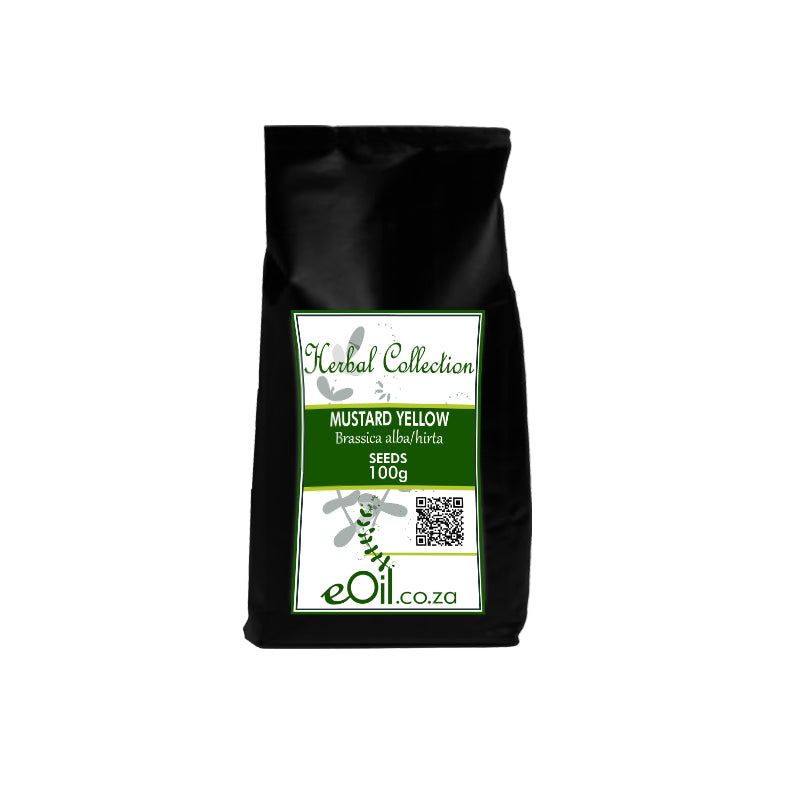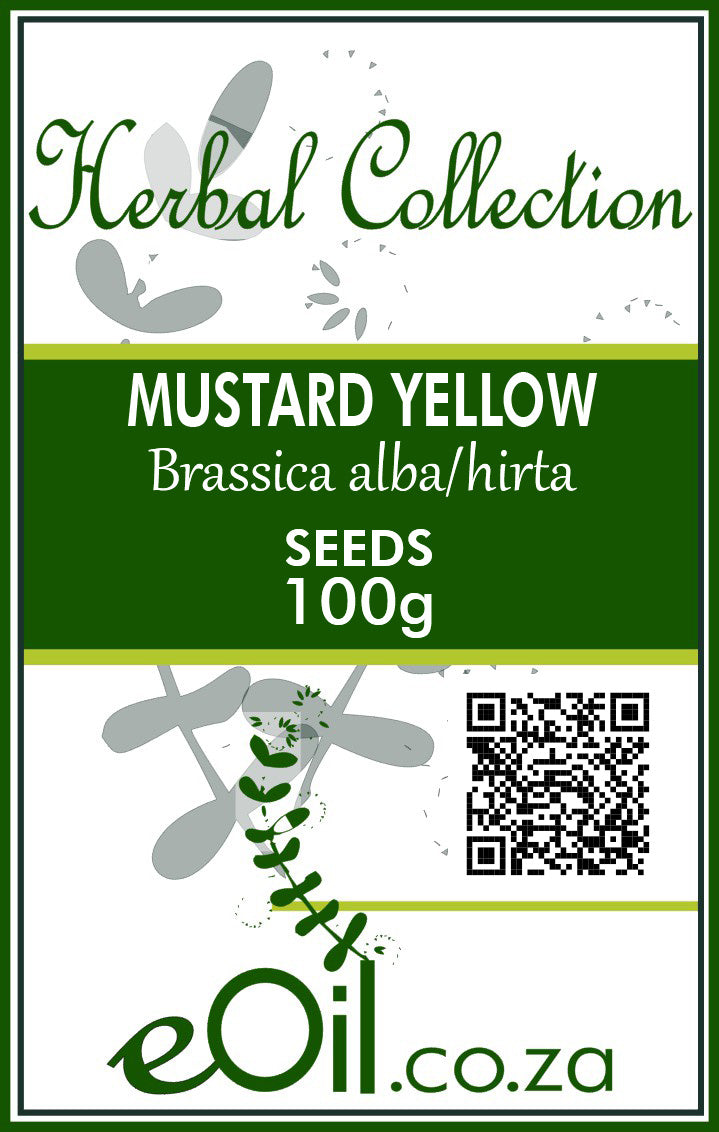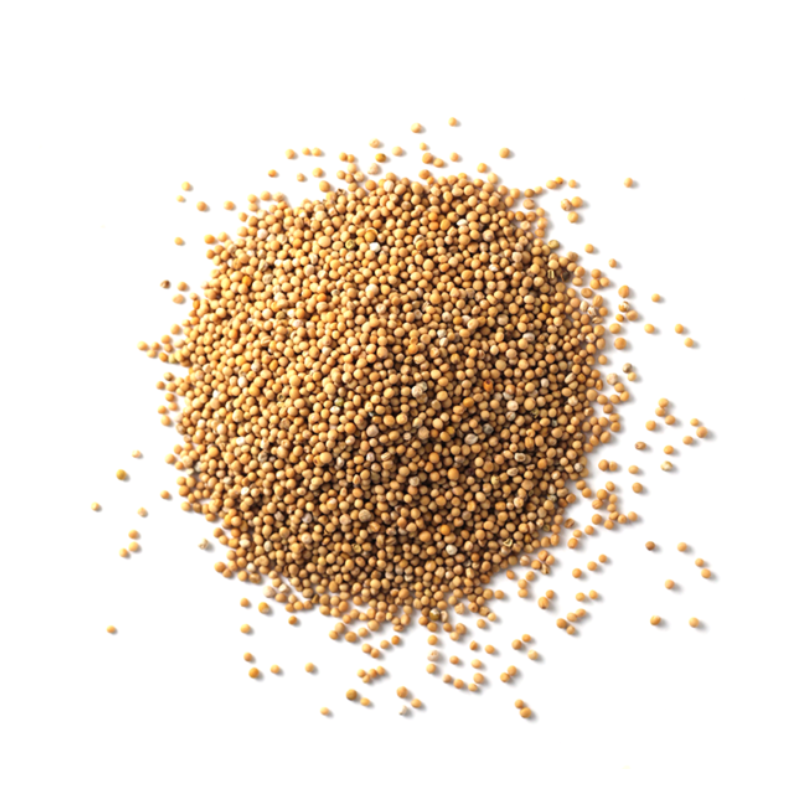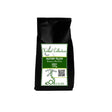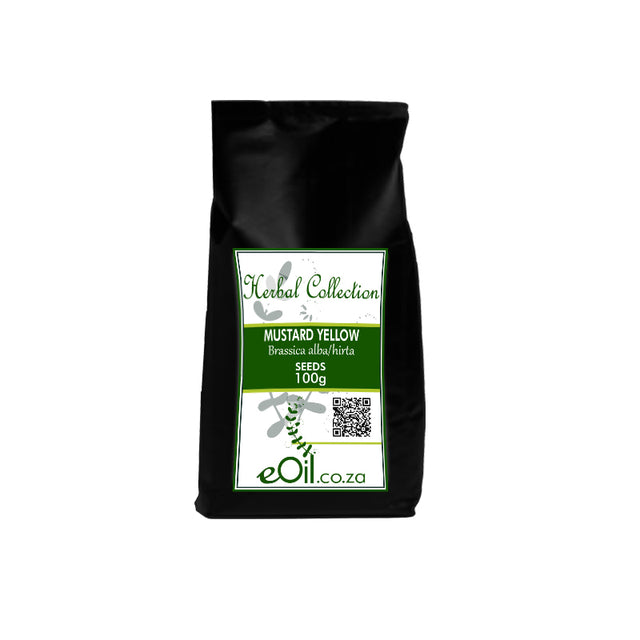Mustard Seeds Yellow Dried - Herbal Collection
Mustard Seeds Yellow Dried - Herbal Collection - 100 GR is backordered and will ship as soon as it is back in stock.
Description
Description
TRADITIONALLY USED FOR
- You can use in spice rubs, salad dressings, soups, etc.
- You can make your mustard seed bath mix that will ease aching muscles and help the body to sweat out toxins. Just mix with Epsom salts to ease sore muscles and soften your skin
INFORMATION
Source : http://www.wikiphyto.org/wiki/mustard
Reference on http://www.wikiphyto.org
Translation in English by Google Translate (go to the page of the source linked | on Chrome cellphones go on the 3 dots on the top right and select translate in your preferred language | on laptop right click your mouse and select option translate when hoovering on the page
plant name
White Mustard, White Mustard , Mustard , English Mustard
International Latin denomination
Sinapis alba L. ssp alba (= Brassica hirta Moench, Eruca alba Noul)
botanical family
Brassicaceae
Description and habitat
- Annual plant that can reach 1 m in height, angular, fluted, erect stems, alternate lyreate and pinnatifid leaves, intense yellow flowers in clusters, the fruit is a silique, seeds light yellow or beige sand, native to the Mediterranean region
History and tradition
- Known since Antiquity, used as a condiment instead of much more expensive pepper, its use dates back to Mesopotamia in the time of the Sumerians.
- Spice related to brown mustard Brassica juncea L.
Parts used
- Ripe dried seeds
Dosage forms available
Usual dosages
- 4 tablespoons of seeds in cold or lukewarm water (to avoid enzyme inactivation) before application
Composition
Main components of the plant
- Glucosinolates : sinalbin (2.5 - 5%, in contact with the enzyme myrosinase, gives rise to the "essence of mustard", formed of isothiocyanates ), gluconapine , progoitrin
- Phenylpropane derivatives : sinapine
- Triterpenes , sterols : beta-sitosterol , campesterol , brassicasterol , 24-ethylidene-cholesterol
- Lipids (20 - 45%)
- Albumin (25 - 40%)
- Mucilage (25%)
Main components of buds or young shoots
Main components of essential oil
Properties
Plant properties
- Because of its pungent flavor, digestive and appetite regulator
- Rubefacient and irritating externally, stimulation of local circulation
- Revulsive in poultices
- Antiscorbutic
- Diuretic
Bud properties
Properties of essential oil
Directions
Indications of the whole plant (phytotherapy)
- Respiratory or rheumatic affections, in the form of poultices of mustard flour or poultices
- Poultices are preferred to those of Black Mustard , as they are less irritating to the skin
- Do not use more than two weeks
Indications of the bud (gemmotherapy)
Specific indications of essential oil (aromatherapy)
Known or suspected mode of action
- Sinalbine in contact with myrosinase, gives rise to the “essence of mustard”, formed of isothiocyanates ( parahydoxybenzyl isothiocyanate )
- Sinalbine and certain glucosinolate degradation products induce in vitro the production of quinone reductase, an enzyme which prevents the activation of certain carcinogens
Usual formulations
- Mustard plaster:
- Grind the mustard seeds to obtain a flour. Add a little cold water and mix with a wooden spatula until a paste forms. Wrap this mixture in a tea towel to make a poultice. Apply this poultice on the painful area (rheumatism) or on the chest (in case of cough) for 10 to 15 minutes, remove as soon as there is a strong burning sensation.
Regulations
- Activity recognized by the German Commission E (only Sinapis juncea is on the French Pharmacopoeia list A)
Possible side effects and precautions for use
- Irritation and inflammation of the gastrointestinal mucosa
- Do not use for more than two weeks (prolonged applications may cause skin and nerve damage)
- Possible allergic reactions
- Do not use in subjects with fragile kidneys ( essential oils being absorbed by the skin)
- Inhalation may cause asthmatic attacks
- Poultice contraindicated in children under 15 years of age
- Do not use more than two weeks
Bibliographic references
- Rune Bjorkman, Jan-Christer Janson. Studies on myrosinases: I. Purification and characterization of a myrosinase from white mustard seed (Sinapis alba, L.) Biochimica et Biophysica Acta (BBA) - Enzymology, Volume 276, Issue 2, 28 August 1972, Pages 508–518
- David T Balke, Levente L Diosady. Rapid aqueous extraction of mucilage from whole white mustard seed. Food Research International, Volume 33, Issue 5, June 2000, Pages 347-356.
CAUTION
Store in a cool, dry place, away from light. Keep tightly closed, away from the reach of Children and pets.
Do not exceed the daily dose.
This product is not intended to prevent or cure any form of illness or disease.
If you are pregnant or nursing ; If you have a medical condition or are in the course of medical treatment ; If you are programmed for theater/operation in the near future, please consult your healthcare practitioner before using this product.
This product cannot replace a varied and balanced diet and a healthy lifestyle.
This product has not been evaluated by the SAHPRA for its quality, safety or intended use.
For More Information please check our General Safety Herbal products Page

